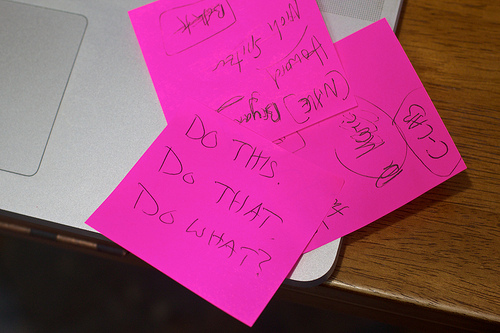SAT Quick Facts

Below is a list of 23 Quick Facts to keep in mind as you prepare to take the SAT. Print it out and keep it handy.
- The SAT is given 7 times per year: January, March/April, May, June, October, November, December.
- Take the SAT 2-3 times. The most common plan is to take the PSAT in October of your junior year and then the SAT either once or twice in the spring of your junior year and then once or twice in the fall of your senior year.
- It is smart to take both the ACT and SAT since every college in the country will take either score. You can use the score of whichever test you score higher on.
- Order the “question and answer service” for the SAT if it is offered. This means they will send the entire test back to you so you can analyze which questions you got wrong. The College Board typically offers this service on the January, May, and October exams.
- Most sections of the SAT go from easiest to hardest. This means that it is smarter to omit the questions at the end of the section if you have to omit any questions at all. The only sections that do not go in order of difficulty are the reading passage sections and the grammar passage sections.
- You should do at least ½ of a practice test per week as you prepare for your exam. You should increase this to at least one practice test per week in each of the four weeks leading up to your exam. This means you should spend ½ hour per night preparing.
- Spend about 1 minute per question on the math sections, 30 seconds per question on the sentence completion sections, and 1 minute per question on the reading comprehension sections.
- Make sure you always time yourself when you are practicing sections in the blue book. The book tells you how much time you have for each section.
- The most important math strategy by far is the strategy of “Plugging in numbers.” Anytime there is a variable in the question you should consider this strategy. This strategy can be used on approximately 20-25 of the 54 questions.
- Know which formulas are given to you at the beginning of every math section before you sit down to take the SAT. The SAT provides you with the formulas for the circumference of a circle, the areas of a circle, square, and triangle, the volumes of a rectangular solid and cylinder, the formula for Pythagorean theorem, the formulas for 30-60-90 and 45-45-90 triangles, and the number of degrees in a circle and a triangle. Don’t spend time memorizing these formulas; they will be given to you!
- If you can eliminate at least one answer choice, guess. If you can’t eliminate, omit. Try to omit as few questions as possible because omitting doesn’t help your score. You should only omit when you have no idea.
- You gain 1 point for each question correct and lose ¼ of a point for each question wrong. Omitting is a zero.
- The only questions that you don’t lose points on are the 10 “grid-in” questions on the math portion of the SAT. On these, you might as well put an answer down for each one even if it is only a guess.
- Ace the easy and medium questions. This is the key to a good score.
- To solve a sentence completion question, read the sentence, decide what word you would put in the blank if you were writing the sentence, and then look for an answer choice that is closest. If you don’t know all of the words, eliminate the choices that don’t work and guess from the remaining choices.
- On the reading passage questions, don’t read the whole passage at first. Just read the intro and the first 20 lines. This should take you about 30 seconds to a minute. Then go to the first question. You will be going back to the passage after you read a question to look for the hints they give you.
- On the reading comprehension passages, make sure you read a few lines before and after the lines they tell you to go to. For example, if the question tells you to read lines 14 – 16, read lines 11 – 19.
- Study the math and grammar packets; if you have this information memorized, you will have a huge advantage on the test.
- There are 10 sections, but only 9 of the sections count towards your score. Unfortunately, you will not know which section doesn’t count so try your hardest on all of the sections.
- Learning vocabulary is extremely important. Go to www.methodtestprep.com and use the “Vocabulary Builder” section to learn the most commonly used words on the SAT.
- Go into the SAT with confidence, competitiveness, and try to relax as much as possible.
- The grammar questions make up 70% of your writing score and the essay makes up the other 30%.
- It is a smart idea to take a full practice SAT in one sitting to get used to concentrating for the length of an entire exam. Have someone time you or time yourself so you get used to working under pressure.

Photo by cogdog.

